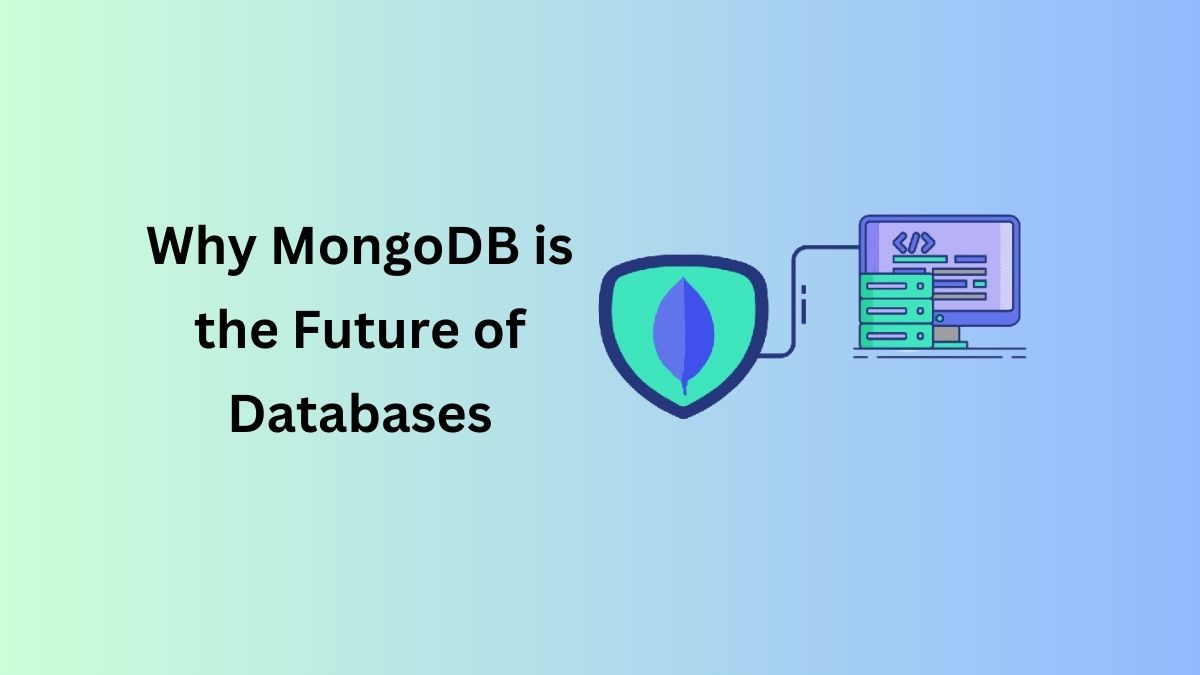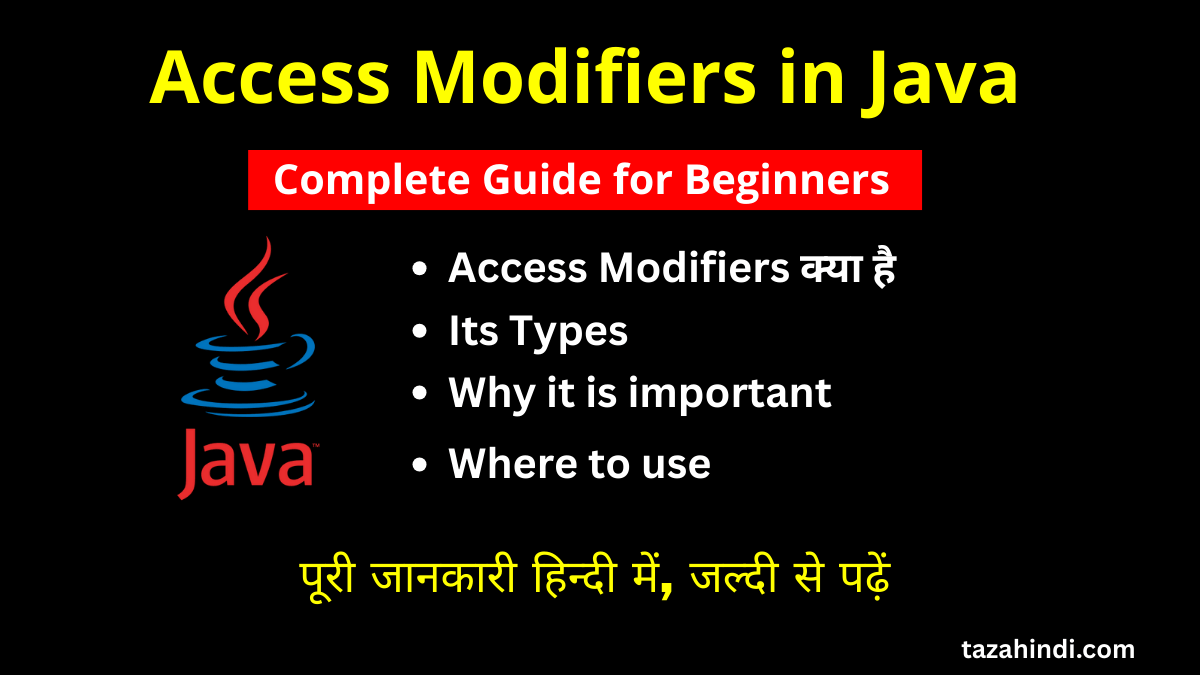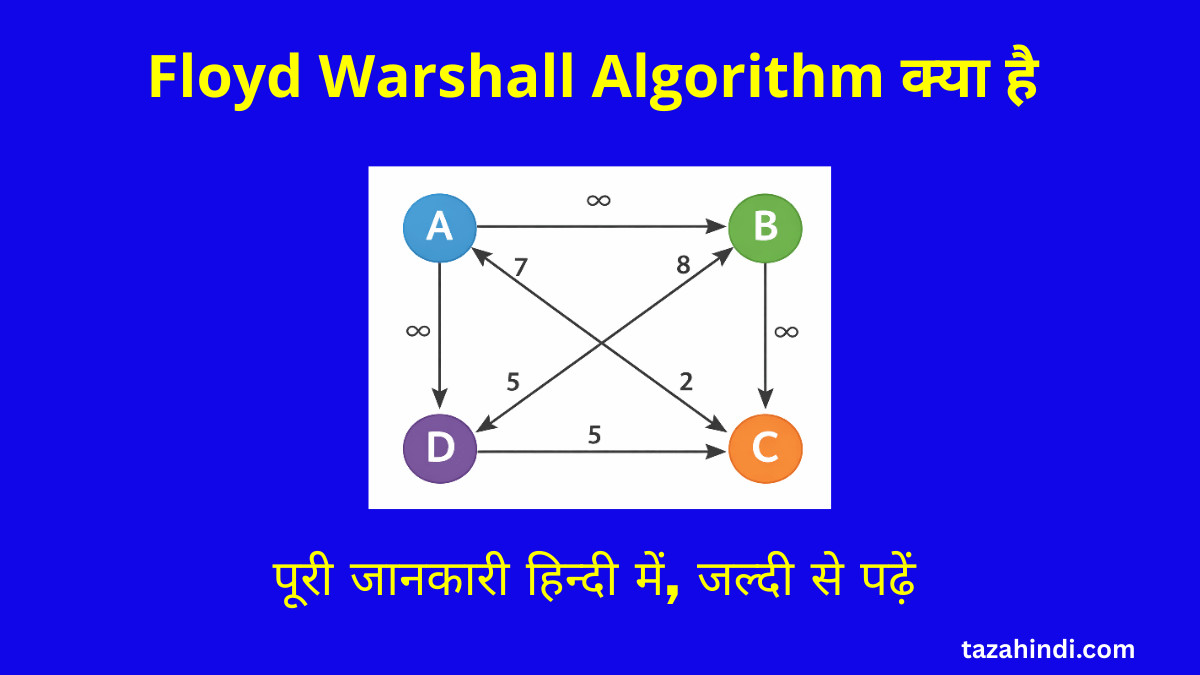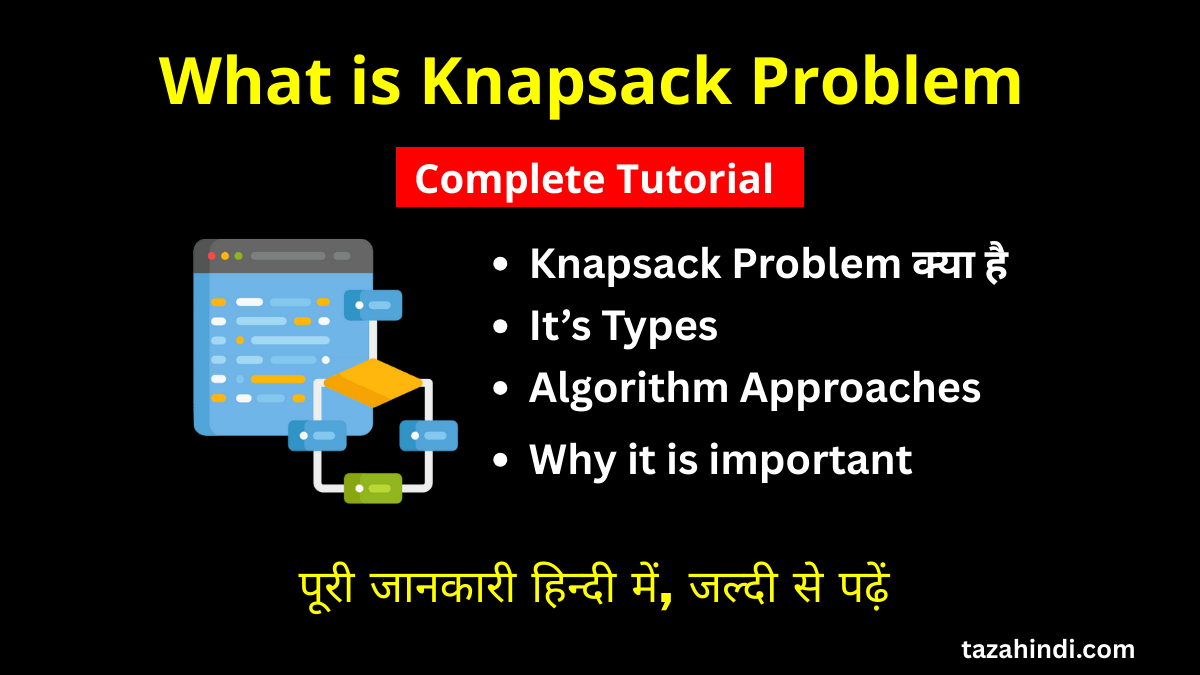Significant progress has been made in the realm of databases since the introduction of relational databases. The need for scalability, performance, and flexible data management in the modern era has led to the rise of NoSQL databases. MongoDB is widely recognized as one of the leading NoSQL databases currently utilized. In this article, I will explain you what is MongoDB, advantages, features, uses of MongoDB, how to Start working with MongoDB, Difference between MongoDB vs Traditional Databases and much more.
What is MongoDB?
MongoDB is a document-oriented, open-source NoSQL database that provides scalability and flexibility to handle diverse data types. MongoDB was developed by MongoDB Inc. and is made accessible under the GNU Affero General Public License.
Advantages of Using MongoDB
Flexible Data Management
MongoDB’s document-oriented architecture provides the flexibility to store and manage heterogeneous data types without any predefined schema. This allows for a more agile and flexible development process, reducing the time spent on schema design and evolution. Developers can easily map objects in their application code to documents in MongoDB, making the database more intuitive.
Scalability and Performance
MongoDB provides horizontal scaling that enables users to add more servers to their deployment to cater to increasing data volumes and transaction rates. MongoDB’s distributed architecture provides automatic partitioning and data distribution, ensuring high performance under heavy loads. MongoDB can also handle complex queries efficiently by using indexing strategies and the aggregation framework.
High Availability
MongoDB provides high availability with extensive replication capabilities, ensuring that your data is always available even in the event of hardware failures. MongoDB supports replica sets – a group of MongoDB servers that maintain the same data set. If one server in a replica set fails, another server will automatically take over as the primary, ensuring that your application has access to the latest data.
Rich and Efficient Query Language
MongoDB offers a robust and flexible query language that empowers users to execute intricate operations on the data residing within the database. The query language is based on the JSON format, making it intuitive and user-friendly. MongoDB’s query language is also highly efficient, enabling users to perform complex operations on large volumes of data with ease.
Seamless Integration with Modern Technologies
MongoDB provides integration with modern technologies like Hadoop and Spark that enable users to perform data analysis and processing at scale. MongoDB also supports cloud deployment options and provides SDKs to implement it with popular programming languages.
Also Read : Best AI Coding Tools to Supercharge Your Career in 2023
Features of MongoDB
Document-Oriented Architecture
The document-oriented architecture of MongoDB makes it a perfect fit for agile software development, where schema changes are frequent. Documents in MongoDB can contain any type of data, including nested structures and arrays. The schema of a document can also evolve over time, making it easier for developers to add new data fields as needed.
Indexing and Aggregation
MongoDB provides comprehensive indexing and aggregation capabilities that enable users to query data efficiently. MongoDB supports creating indexes on any field in a collection of documents, including geospatial and text indexes.
MongoDB also provides an aggregation framework that allows users to perform complex data processing operations, including grouping and filtering data, on large volumes of data.
GridFS for Storing Large Files
Within MongoDB, GridFS is an inherent functionality that empowers individuals to securely store and retrieve substantial files, encompassing images, videos, and audio files, in a decentralized manner. GridFS automatically chunks large files and distributes the chunks across servers to ensure high performance.
MapReduce for Data Analysis
MongoDB incorporates native support for MapReduce, a widely adopted data processing paradigm employed to conduct intricate data analysis tasks on extensive datasets.
MapReduce is highly scalable, and MongoDB’s support for it makes it ideal for performing batch processing, data mining, and analytics.
Built-in Automatic Sharding
MongoDB provides automatic sharding that makes it easy to scale horizontally by adding more servers to the database cluster. Sharding in MongoDB is automatic, transparent, and provides built-in failover support.
Also Read : Top 10 Best Books for Computer Science Students
Uses of MongoDB
- E-commerce: MongoDB proves to be highly suitable for e-commerce applications requiring efficient storage and management of substantial data volumes. MongoDB provides a scalable and flexible data model that can handle complex queries required by e-commerce applications.
- Healthcare: MongoDB’s support for flexible data models and high availability makes it ideal for managing healthcare data. With support for geospatial indexing and querying, MongoDB is a perfect fit for healthcare use cases that require location-based data processing.
- Social Media: Social media platforms produce enormous quantities of data that necessitate real-time processing. MongoDB’s support for horizontal scaling and rich query language makes it suitable for social media use cases that require high scalability and real-time data processing.
- Financial Services: Financial services require high availability, scalability, and strict data security. MongoDB’s support for these requirements makes it a perfect fit for financial services use cases that need to manage large volumes of data.
- Gaming: The gaming industry generates substantial volumes of data that necessitate real-time processing. MongoDB’s support for horizontal scaling and efficient query processing makes it suitable for gaming use cases that require high scalability and real-time data processing.
Also Read : Top 10 Certifications in Computer Science for High Salary in 2023
How to Start working with MongoDB
- Installing MongoDB: To install MongoDB on your local machine or server, kindly refer to the guidelines available on the official MongoDB website.
- Creating a Database and Collection: Create a database and collection by running the appropriate commands in the MongoDB shell or using a graphical user interface tool like MongoDB Compass.
- CRUD Operations in MongoDB: Perform CRUD operations using commands like insert, update, delete, and find in the MongoDB shell or using a programming language’s MongoDB driver.
- Aggregation Framework: Use the MongoDB aggregation framework to perform complex data processing operations on your data, including filtering, grouping, and sorting.
- Replication and Sharding: Learn about MongoDB’s replication and sharding features and how to set them up to ensure high availability and scalability.
Also Read : How to Learn Operators in C Sharp Programming
Best Practices for Using MongoDB
- Designing your Schema: Design your schema to fit your application’s data access patterns. Avoid embedding too many levels of data, as this can lead to performance issues when querying.
- Indexing your Collections: Index your collections based on the queries you are running. Be cautious not to index too many fields, as this can lead to unnecessary overhead.
- Scaling your Deployment: Scale your deployment horizontally using sharding instead of vertically by adding more hardware resources to a single server.
- Keeping your System Secure: Ensure that your database is secure by applying access controls, using secure passwords and encryption, and monitoring for suspicious activities.
- Monitoring and Maintaining your System: Monitor your database using tools like MongoDB’s integrated monitoring features and ensure that your database is performing optimally. Regularly perform maintenance activities like database optimization, backup, and recovery to ensure data availability.
Also Read : What is Design Pattern and How They Enhance Software Development
Difference between MongoDB vs Traditional Databases
| Factors |
Difference |
| 1. Schema Design | Traditional databases use a predefined schema, whereas MongoDB provides a flexible schema design that allows developers to add new data fields as needed. This makes MongoDB a great fit for agile software development processes. |
| 2. Data Integrity | Traditional databases use strict data types and constraints to ensure data integrity, whereas MongoDB provides more relaxed integrity checks by default. However, MongoDB provides features like validation rules and strict write concerns that can be used to ensure data integrity. |
| 3. Scalability | Traditional databases scale vertically by adding more hardware resources to a single server, whereas MongoDB scales horizontally by adding more servers to the database cluster. Horizontal scaling provides better scalability and higher availability than vertical scaling. |
| 4. Deployment | Traditional databases require specialized deployment scenarios that need IT resources and require dedicated hardware, whereas MongoDB can be easily deployed on commodity hardware and cloud environments. |
| 5. Cost | Traditional databases can be expensive to license and scale, whereas MongoDB is open-source and provides unlimited scaling and deployment flexibility at a lower cost. |
| 6. Performance | Traditional databases can be slow when they need to handle large volumes of data, whereas MongoDB provides high performance and throughput, making it ideal for handling large volumes of data. |
Also Read : What is Moonlighting, Pros and Cons of Moonlighting
Conclusion
MongoDB provides a flexible, scalable, and reliable database solution for modern applications. MongoDB’s flexibility, scalability, high-availability, rich query language, and seamless integration with modern technologies set it apart from traditional databases.
MongoDB has demonstrated its suitability across various industries, encompassing e-commerce, healthcare, social media, financial services, and gaming.
Designing your schema, indexing your collections, scaling your deployment, keeping your system secure, monitoring and maintaining your system, and getting started with MongoDB are key steps to ensure successful implementation of MongoDB.
FAQs
-
What is MongoDB used for?
MongoDB is a preferred choice for storing and managing extensive datasets with scalability and flexibility, thus making it an ideal solution for diverse applications such as e-commerce, healthcare, social media, financial services, and gaming.
-
Is MongoDB free to use?
MongoDB is open-source software that is available under the GNU Affero General Public License, making it free to use and distribute.
-
How does MongoDB compare to other NoSQL databases?
MongoDB provides a rich set of features that make it versatile and robust, making it suitable for a wide range of use cases. MongoDB’s scalability, performance, and rich query language set it apart from other NoSQL databases.
-
Can MongoDB store large files?
Yes, MongoDB provides GridFS for storing and retrieving large files like images, videos, and audio.
-
How can I secure my MongoDB deployment?
You can secure your MongoDB deployment by applying access controls, using secure passwords and encryption, and monitoring for suspicious activities.



